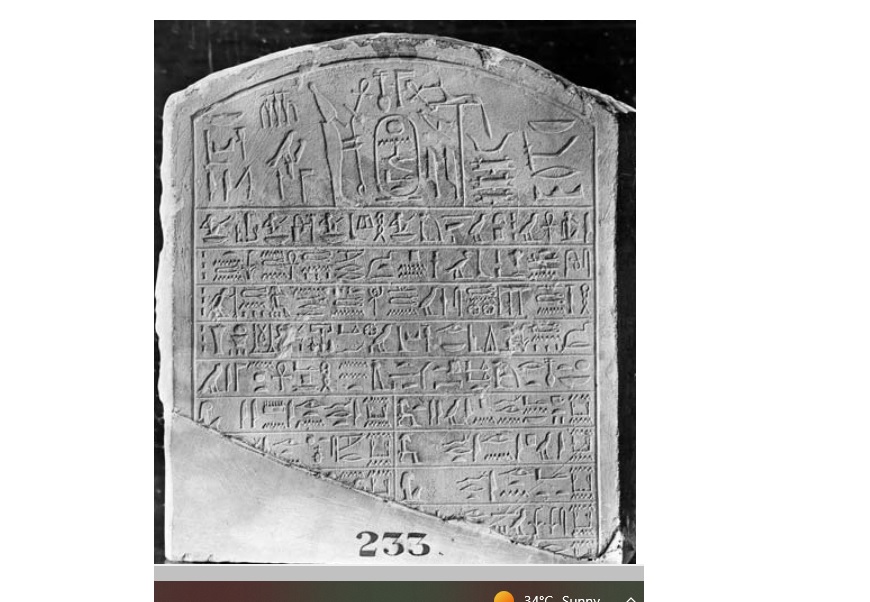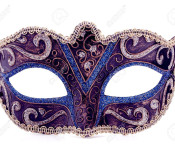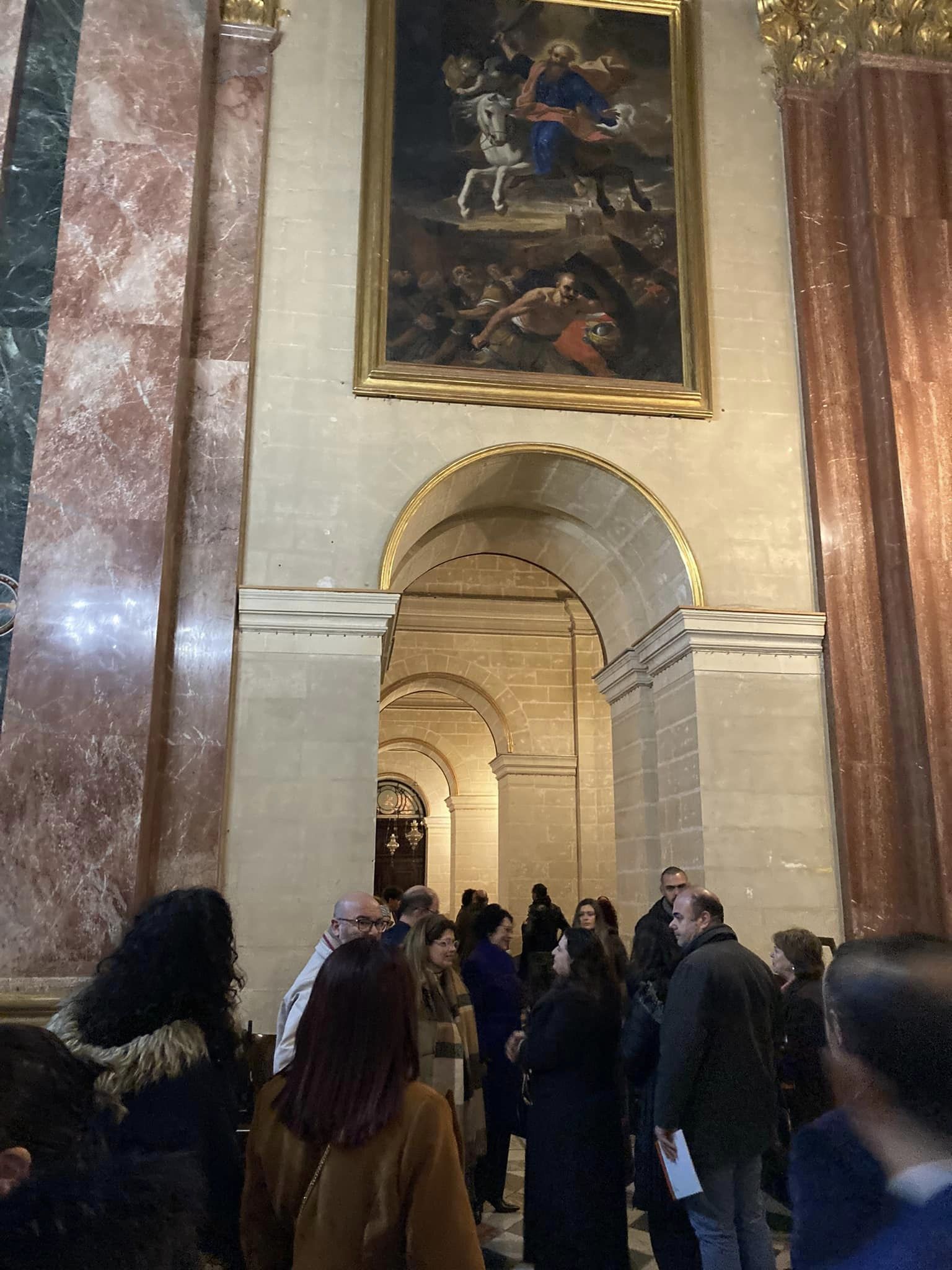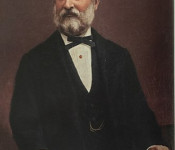
Antonio Annetto Caruana
Researching Lingua Maltese Studio Storico Etnografico e Filolgico Monday 08 January 2024 at 10:38 amAntonio Annetto Caruana (1830 – 1905), also known as A. A. Caruana, was a Maltese archaeologist and author
art symbols by Nataša Pantović
University of Malta Rector, Librarian and Keeper of Antiquities at the National Library of Malta, Director of Education in Malta's imperial administration, Caruana is best known for his activities as an archaeologist, has published numerous books and articles. He worked on the excavation of the Hagar Qim neolithic temple complex.
Lingua Maltese Studio Storico Etnografico e Filolgico by Caruana published in 1896
This brings me to a book I am researching at the moment published in Malta, in 1896, in Italian with the title “Lingua Maltese, Studio Storico, Etnografico e Filologico” by Em. Caruana, given to me by my dear neighbor friend as his most precious antique purchased as a rare item in Italy.
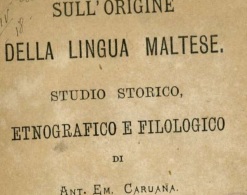
Lingua Maltese by Caruana published in 1896
Many of the ideas of this noble Maltese man have since been challenged, yet we find ourselves returning to them listening more closely to his story of Ancient Greeks in Malta. According to Caruana, all the Greek “Copto”-s that spoke Ionic Greek dialect are Slavic languages. The famous Rosetta Stone inscription is in 3 languages has also been written in the Ionic dialect. Ancient Egypt Rosetta Stone
Today we know that within the region, a more than a few educated souls were Greeks, for they even had Schools * (of Athens), some were Roman, sent out to the foreign lands to govern their provinces, we also find some Slavs, we know them by their names.
The region was "Roman”, that meant 10% of taxes on all goods, plus the legal benefits for carrying a Roman Name, for only a few could have called themselves “Romans”. Do you remember, that was the time of Caligula and Ceasar, mad-men convinced of their divinity, killing millions of villagers, while on their conquests.
The people of the region that called itself " Macedon” aparenlly spoke a language different to Ancient Greek but had scholars that were fluent in Greek and Egyptian.
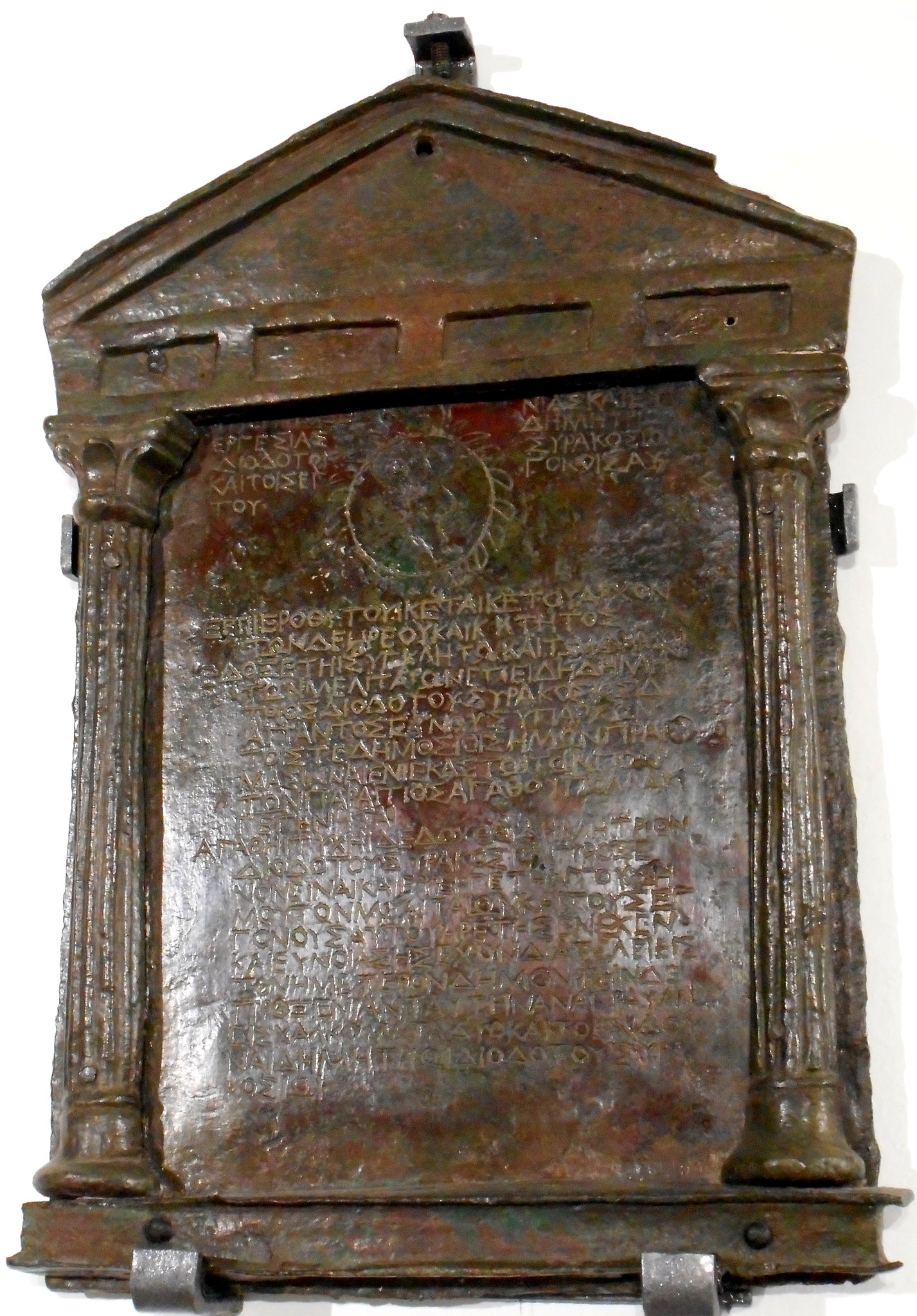
Decree of the Maltese with greek inscription 200 BC bronze from Malta - Epigraphic Collection of Archaeological Museum in Naples
Originally carved in Ionic Ancient Greek, now it is known by its Latin translations where the letters are not so profoundly expressed as symbols and frequencies,or music!!!
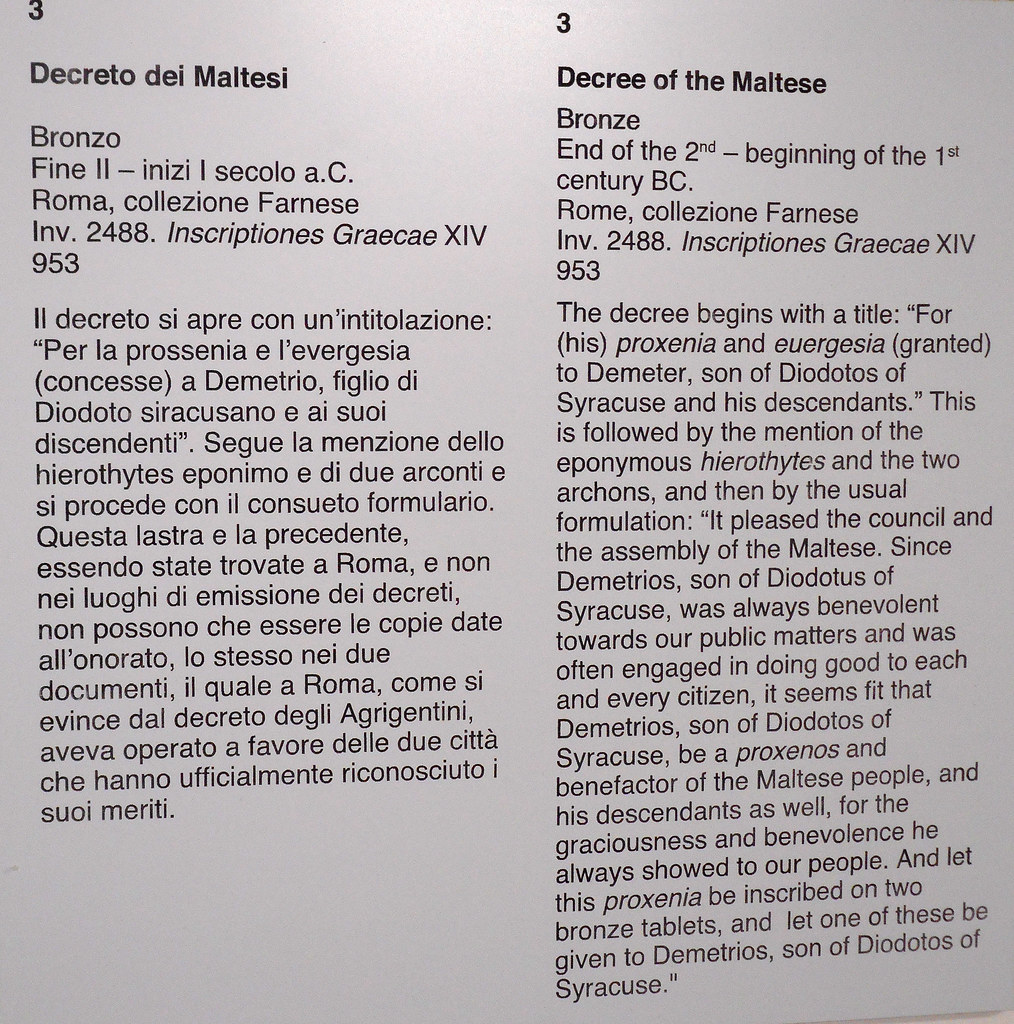
Translation of the Ancient Greek Maltese Napoli Decree 200 BC
Lingua Maltese, Studio Storico, Etnografico e Filologico” by Em. Caruana
The precious book from the 19th century, within its pages contains a study of the history of Malta during the time of Greeks for around 400 years, from 600 BC to 200 BC. The Maltese islands were somehow inside the cultural or commercial sphere of the Mycenaean civilization. Lycophron's brief reference to the settlement in Malta of a group of Greeks who, after the siege of Troy - 1250 BC were prevented by the gods from reaching their homelands.
The author refers to the time as the Golden era when democracy was introduced to the island that has already advanced in writing skills, received from Phoenicians. The identification of Gozo, with the Homeric island of Calypso is not a modern 'invention' but goes back to 300 BC.
Pella Tablet in Doric Greek in Macedonia 450 BC
The Pella curse tablet is a text written in a distinct Doric Greek idiom, found in Pella, the ancient capital of Macedon, in 1986.

Inscribed on a lead scroll, it is now dated to the first half of the 400 BC. The Pella curse tablet has been forwarded as argument that the Ancient Macedonian language was a dialect of North-Western Greek. Some, however, argue that the region spoke Ionic or Jonic (ć).
At 400 BC this is how an ancient love letter / curse was written by an obviously rich and totally spoiled youth who perhaps had Dionysophon and Thetima as her servents. Translated by Dr. James L. O'Neil (2006) says -
"I forbid by writing the ceremony and the marriage of Dionysophon and Thetima, and of all other women, and widows and virgins, but especially Thetima. And I assign them to Makron and the daimones. And whenever I shall unroll and read this again, after digging it up, then Dionysophon may marry, but not before. Mayhe not take any wife but me, and may I and no other woman grow old with Dionysophon. I am your suppliant; pity me, dear daimones, for I am weak and bereft of all friends. But protect me so this does not happen and evil Thetima will perish evilly, [undecipherable] mine, but may I be fortunate and blessed,"
The Dionysus cult was one of the region's “stay happy” and sing while praying...
Greeks and Macedonians, an Ancient Debate
Pre-Hellenistic Greek writers expressed an ambiguity about the Greekness of Macedonians portraying them as a potential barbarian threat to Greece. The late 500 BC sophist Thrasymachus of Chalcedon wrote, "we Greeks are enslaved to the barbarian Archelaus"
Demosthenes says for Philip II "not only no Greek, nor related to the Greeks, but not even a barbarian from any place that can be named with honor, but a pestilent knave from Macedonia, whence it was never yet possible to buy a decent slave".
He also calls Meidias, an Athenian statesman, "barbarian" and in an event mentioned by Athenaeus, the Boeotians, the Thessalians and the Eleans were labeled "barbarians"
In the Histories Herodotus calls king Alexander I, a Hellēn who ruled over Macedonians. in his eighth book he groups several Greek tribes under "Macedonians" and others under "Dorians".
Thucydides distinguishes between three groups fighting in the Peloponnesian War: The Greeks (including Peloponnesians), the barbarian Illyrians and the Macedonians.
Isocrates defending Philip's Greek origins wrote, "...he understood that Greeks are not accustomed to submit themselves to monarchy whereas others are incapable of living their lives without domination of this sort ... for he alone of the Greeks deemed it fit to rule over an ethnically unrelated population"
Isocrates to Philip: "Therefore, since the others are so lacking in spirit, I think it is opportune for you to head the war against the King; and, while it is only natural for the other descendants of Heracles, and for men who are under the bonds of their polities and laws, to cleave fondly to that state in which they happen to dwell, it is your privilege, as one who has been blessed with untrammelled freedom, to consider all Hellas your fatherland, as did the founder of your race, and to be as ready to brave perils for her sake as for the things about which you are personally most concerned."
Philip named the federation of Greek states "The Hellenes" (i.e. Greeks), and the Macedonians were granted two seats in the exclusively Greek League in 346 BC.
With Philip's conquest of Greece, Greeks and Macedonians enjoyed privileges at the royal court, although Philip's armies were only ever led by Macedonians. The process of Greek and Macedonian syncretism culminated during the reign of Alexander the Great, who allowed Greeks to command his armies.
Aristotle advising Alexander "to have regard for the Greeks as for friends and kindred" and has also in his Politics refered to Macedonians as barbarians.
J. King, Carol “Allowing that there were living in ancient Macedonia throughout the Archaic, Classical, and Hellenistic periods people who were Greek, people who were akin to Greeks, and people who were not Greek, if one seeks historical truth about an ancient people who have left no definitive record, one may have to let go of the hope for a definitive answer. The ancient Greeks themselves differentiated between “Greeks” and “Macedonians...”
Now, who were the Barbarians at the time? What does DNA analysis say about Slavs on Balkan? Serbs have almost 1/3 of the Balkan origin gene which peaks in Herzegovina. It has originated in Balkan and spread out 7000 years ago and into other people now called Slavs (in Europe). However, it is not the most prevalent for the other Slavs - only certain South Slavs, like Serbs, Macedonians, Montenegrins, Bosniaks & Bosnian Serbs and Southern Croats.

